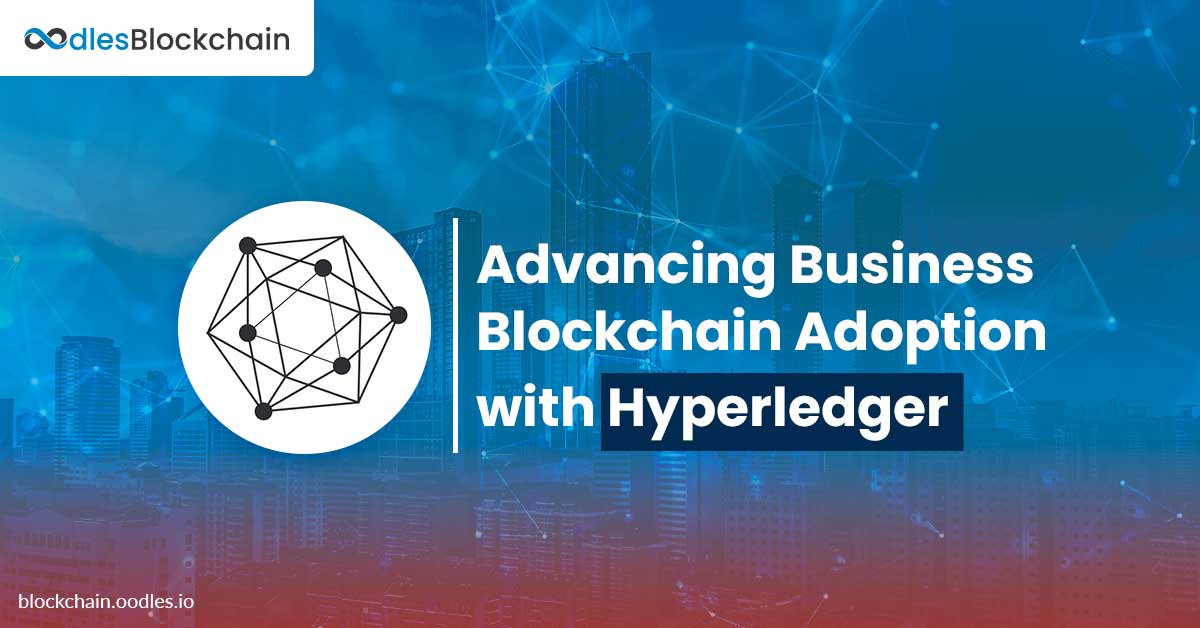-
With blockchains, many of the current business processes in many sectors can be automated to save time, save money, and reduce risk. And several entirely new processes — maybe even whole new industries — can be invented. As the Tapscott book explains, the first generation of the Internet was great for sharing information: e-mail, documents, photos, web pages, songs, and videos. But there's been a problem. It was hard for someone to prove who they were. Any transaction involving some value involved a middleman, such as a bank or a credit card business, to confirm the purchaser and the seller and to verify the transaction. That generated uncertainty, delay, and expense — and a key weakness point that hackers might strike. Business development with Hyperledger blockchain projects opens the door to a second generation of the Internet that is suitable for the exchange of value, including valuable information.
Hyperledger Blockchain Development for Business
With Hyperledger blockchain development for business solutions, users can decide who they are and then exchange things like money, stocks and shares, intellectual property, deeds, votes, loyalty points, and everything else that has meaning. And if traders do not know or trust each other, they will rely on technology to document the transaction in a tamper-proof manner. And automation eliminates the need for any middleman, which saves time and reduces costs. Hyperledger began in 2015 when several various businesses involved in blockchain technologies discovered that they could do more by working together than by operating separately. Such companies have agreed to pool their money to build an open-source blockchain platform that anyone can use. Such far-sighted businesses are enabling blockchain to become more common and more industry-standard technology.
The Need for Hyperledger, a "Greenhouse" of Advanced Blockchain Technologies
Hyperledger acts as a "greenhouse" that puts together consumers, entrepreneurs, and suppliers from a wide variety of industries and market spaces. Both of these participants share one thing in common: they are both interested in learning about, creating, and using business blockchains. Although blockchain is a strong technology, it isn't one-size-fits-all. That enterprise requires unique features and changes to help the blockchain accomplish its intended function. Because various organizations have different requirements, there will never be a single, unified blockchain. Instead, we plan to see other blockchains with various functions that offer a wide variety of applications across a broad spectrum of industries. Hyperledger offers a greenhouse system that can incubate new theories, assist each with necessary tools, and make the findings publicly accessible. A greenhouse system can accommodate many different species while using much less energy. Also, Read | Build and Deploy Enterprise Solutions using Hyperledger Technologies Distributed ledgers can have very different criteria for different usage cases. For example, where members share high rates of trust — such as between financial institutions with legal agreements — blockchains can add blocks to the chain with shorter validation times by using a faster consensus algorithm. On the other side, where there is limited confidence between participants, they must accept slower processing for protection. Hyperledger covers the entire range of cases in use. We understand that different market environments have specific conditions for approval periods, decentralization, confidence, and other problems and that each problem represents a possible "optimization phase" for technology.
Hyperledger Blockchain Development | Business Advantages
Modularity
Hyperledger is designing lightweight, extensible structures with rising building blocks that can be reused. This modular approach allows developers to play with various types of modules as they mature and to modify specific components without changing them. The rest of the system as well. This helps developers construct modules that can be combined to design distributed ledger systems that are well-tailored to specific requirements. The modular approach also ensures that a diverse group of developers will work independently on various solutions and reuse similar components through several projects. The Hyperledger Architecture Working Group describes practical modules and frameworks for topics such as correspondence, consensus, authentication, identity, ledger management, smart contracts, and policies.
Security
Safety is a key concern for distributed ledgers, particularly because many use cases require high-value transactions or sensitive data. With wide codebases, multiple networked servers, and useful data sources, distributed ledgers have become prime targets for online attackers. Securing a blockchain is a challenging task: distributed ledgers must provide a wide variety of functionality while avoiding constant adversaries. Privacy and robustness are essential to the creation of business-class blockchains and provide vital connectivity for new generation enterprise networks. Hyperledger projects promote architecture security and follow the best practices defined by the Core Infrastructure Project of the Linux Foundation. As such, all Hyperledger algorithms, protocols, and cryptography have a routine check and audit by security authorities, as well as by the broader open source community.
Interoperability
In the future, several separate blockchain networks would need to connect and share data in order to create more complicated and efficient networks. At Hyperledger, we agree that most smart contracts and implementations will be scalable across a wide variety of blockchain networks. A high level of interoperability would continue to achieve the accelerated penetration of blockchain and distributed ledger technology. Also, Read | Benefits, Architecture, Tools and Use Cases of Hyperledger Projects
Cryptocurrency-agnostic
Hyperledger ventures are autonomous and agnostic to all altcoins, cryptocurrency, and tokens. Hyperledger would never release a cryptocurrency of its own; that is certainly not our aim. Hyperledger works to build blockchain enterprise tools, not to handle any cryptocurrency. Nonetheless, the architecture concept requires the ability to construct a token used to control digital objects that can represent currencies, but this is not essential for the network to function.
Complete with APIs
All Hyperledger projects have large, easy-to-use APIs that support interoperability. With other devices as well. A well-defined set of APIs allows external clients and apps to do so. Fast and fast access to Hyperledger 's central distributed ledger system. Such APIs promote the development of a diverse app community and enable blockchain and distributed ledger technology to expand across a broad variety of industries and usage cases.

Our Offices
INDIA
Emaar Digital Greens, Sector 61,
Gurugram, Haryana
122011.
Welldone Tech Park,
Sector 48, Sohna road,
Gurugram, Haryana
122018.














